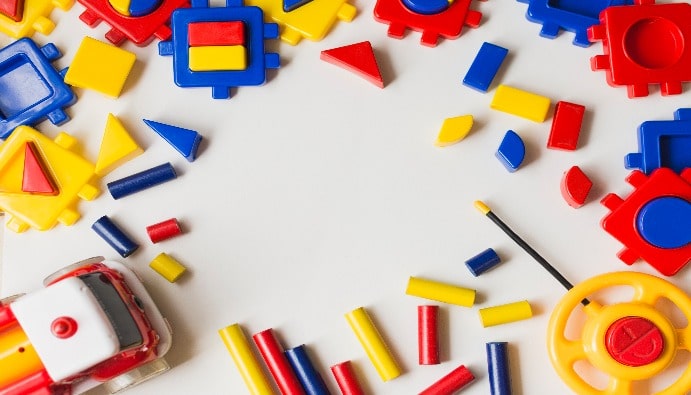Toy Analysis: Safe and Healthy Children's Products
What are the Hazards in Toys? How to Choose the Right Toy for Children?

Toy Tests
Child education starts at home at an early age. There are many educational toys produced especially for certain age groups in the market. The growth of the toy industry and the direct and long-term contact of children require toy production to be subject to certain standards.
The most important issue in the regulated standards is the chemical content of toys. Chemical properties are specified within the scope of the “Toy Safety Regulation”, which determines the procedures and principles regarding the safety and free movement of toys.
The chemical structure of toys should not have negative effects on human health.
- Toys should not contain chemicals classified as carcinogenic, mutagenic or toxic under the Regulation on Classification, Labeling and Packaging of Substances and Mixtures.
- In other toys produced for the use of young children and which can be taken into the mouth, nitrosamines should not exceed 0.05 mg / kg and nitrosatable substances should not exceed 1 mg / kg as a result of migration.
- Toys must not contain allergenic odors listed in the annex of the regulation.
- Heavy metals that may be present in toys should not exceed the limits specified in the annex to the regulation.
Materials Used in Toys and Potential Risks
The materials used to make toys are usually made up of various components such as plastic, textiles, metal, paint and wood. These materials may contain chemicals that can be harmful to health:
a. Plastic and PVC Containing Toys
- Phthalates: Used to soften plastics, these chemicals can damage the hormone system and cause cancer.
- Bisphenol A (BPA): It is found in hard plastics and can affect the endocrine system.
b. Painted and Varnished Products
- Heavy Metals (Lead, Cadmium, Mercury): Can be found in toy paints and can have negative effects on the nervous system.
- Formaldehyde: It can be found in adhesives used in wooden toys and is known as a carcinogenic substance.
c. Textile Toys
- Azo Dyes: It can be found in dyes used in fabrics and can convert to carcinogenic aromatic amines.
d. Batteries and Electronic Parts
- Lithium Batteries: May cause toxic effects if swallowed.
- Polychlorinated Biphenyls (PCB): It is used as a stabilizer in electronic components and can be harmful to the environment.
Legal Regulations and Standards for Toys
Compliance with certain standards is mandatory in the production and sale of toys. These standards ensure that toys are safe and healthy.
- European Union Toy Safety Directive (EN 71):
- Sets standards to ensure the chemical, physical and mechanical safety of toys.
- EN 71-3 limits the release of heavy metals.
- REACH Regulation:
- Contains regulations to ensure that chemicals used in toys do not harm human health and the environment.
- ASTM F963 (US Toy Safety Standard):
- Provides standards for physical, chemical and flammability testing.
- ISO 8124:
- Sets international standards for toy safety.
- CE Marking:
- Indicates that toys sold in the European market comply with safety standards.
Nanolab Laboratories Group continues to provide services within the scope of Toy Analysis. We also provide services in Footwear Tests.
Contact us for more information.
You can follow us on LinkedIn for up-to-date news and posts about our services.
Follow our Instagram account to be informed about our latest blog posts.

